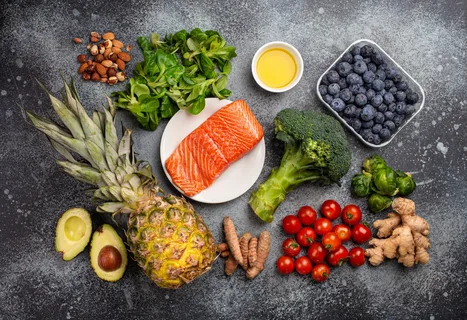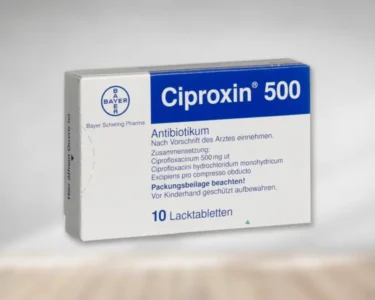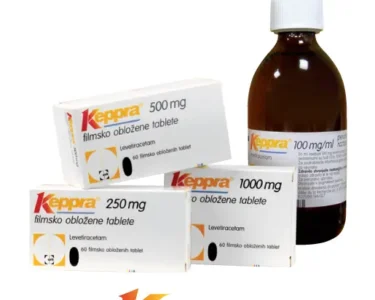Anti-Inflammatory Diet For Arthritis Relief
Inflammation is a normal body process that occurs when the immune system responds to injury or harmful invaders. A diet that is high in anti-inflammatory foods can help alleviate arthritis pain.
Antioxidants, omega-3 fatty acids, vitamins A and C and fiber can all reduce inflammation. Include fruits, dark leafy vegetables, whole grains and berries in your diet.
Understanding Arthritis and Inflammation
Inflammation is a natural process that helps heal cells and tissues, but too much inflammation over time can damage joints. It is important to control inflammation, which can be done through diet, herbs and medications, including nonsteroidal anti-inflammatory drugs (such as ibuprofen), steroid medications, such as prednisone, and traditional disease-modifying antirheumatic medicines (DMARDs), such as methotrexate, hydroxychloroquine, sulfasalazine and minocycline.
Foods that provide the nutrients that reduce inflammation include tomatoes, berries, citrus fruits, dark leafy vegetables and peppers. Also, consuming healthy fats such as omega-3 fatty acids found in salmon, tuna, and flaxseeds and monounsaturated fats like those in avocados, olive oil and nuts.
Inflammation can also be reduced by incorporating whole grains, which have been shown to lower an indicator of inflammation called C-reactive protein (CRP). Oatmeal and brown rice are good options. A diet rich in antioxidants and vitamins can also help reduce inflammation. Vitamins A, C and E are found in many fruits and vegetables, as well as green tea and extra-virgin olive oil. In addition, whole soy foods like tofu, tempeh and edamame can provide isoflavones that may reduce inflammation.
Introduction to the Anti-Inflammatory Diet
The food you eat can influence the inflammation process. Short-term inflammation helps protect you from injury, but chronic inflammation can harm your health. A healthy diet can help reduce inflammation to improve joint function and decrease your risk for other health conditions, such as heart disease and cancer.
The anti-inflammatory diet focuses on whole foods like fruits, vegetables, lean meats and fish, nuts and seeds and whole grains. It avoids processed foods, salt, added sugar and unhealthy fats, and replaces them with nutrient-dense options.
For example, instead of eating processed snack chips, opt for a handful of raw vegetables or a veggie dip with a piece of fruit. Choose leafy greens and berries for their inflammation-fighting antioxidants, or try adding an avocado to your salad to benefit from its anti-inflammatory fat content. Fatty varieties of fish (like salmon, trout and sardines) provide the body with omega-3 fatty acids that have anti-inflammatory properties. Also, include two portions of beans (black beans, chickpeas and pinto beans) each week to boost the fiber in your diet.
Foods to Include in an Anti-Inflammatory Diet
A food-based approach to reducing inflammation, an anti-inflammatory diet is rich in plant compounds and nutrients that reduce chronic inflammation. The diet encourages whole foods, such as fruits and vegetables, legumes, whole grains, nuts, seeds and healthy fats (olive, canola and peanut oils).
Leafy greens are rich in anti-inflammatory phytochemicals, such as kaempferol, falcarinol and glucosinolates. Fruits, such as cherries, blueberries and cranberries, are rich in anthocyanins, a natural compound that inhibits inflammatory responses. Fruits and berries also offer important vitamins and minerals, such as vitamin C, potassium and folate.
Nuts and seeds, such as pistachios, walnuts, pine nuts and almonds, are rich in anti-inflammatory monounsaturated fats. They also offer protein and fiber. Nuts should be eaten sparingly as they are high in calories.
An anti-inflammatory diet reduces inflammation by limiting dietary components that cause or increase it, such as processed foods, fried foods and excess sugar. It is best to make dietary changes slowly to avoid overwhelming the body. Talk to your doctor or a registered dietitian to help you develop an anti-inflammatory meal plan that fits into your lifestyle.
Foods to Avoid or Limit to Reduce Inflammation
Inflammation helps protect the body from harm and heal injuries, but if it is sustained and occurs frequently, it can cause chronic inflammation. This type of inflammation is what causes arthritis. Eating a diet that reduces inflammation and protects the joints may help ease symptoms and slow the progression of the disease.
Include anti-inflammatory foods such as vegetables, whole fruit, fatty fish, legumes and whole grains and avoid processed food. In addition, aim to consume foods high in antioxidants such as berries, tomatoes, peppers and leafy greens.
Consider a handful of nuts or seeds such as almonds, pine nuts, flax seeds or pistachios each day. These are rich in inflammation-fighting monounsaturated fat, protein and fiber. They also contain the plant compound oleocanthal, which reduces inflammation and helps with weight loss.
Include oily fish such as sardines, mackerel and salmon (two portions a week) and eggs. These are rich in Omega-3, which can reduce inflammation and improve joint flexibility.
Sample Anti-Inflammatory Meal Plan
An anti-inflammatory diet should be based on whole plant foods, oily fish, lean proteins and healthy fats, such as olive oil, avocado and nuts. These foods are rich in protective phytochemicals, antioxidants and omega-3 fatty acids.
The plan should avoid foods and drinks high in saturated fats, which are linked to chronic inflammation. Examples of inflammatory foods include red meat, butter, full-fat dairy products, chicken nuggets and fried foods. It should also limit processed and deli meats, such as pepperoni, pastrami, salami and bologna, since these have been shown to contribute to inflammation.
Instead, try to eat a variety of fresh fruits and vegetables, whole grains, beans, lentils, nuts and seeds. Drink plenty of water to stay hydrated and herbal tea infusions, which have been shown to contain anti-inflammatory properties. Enjoy moderate amounts of red wine, as it contains polyphenols, but limit caffeinated beverages to one or two cups a day. This anti-inflammatory meal plan is a collaboration between Idaho State University and MealPro and was used in a clinical trial.
Lifestyle Factors to Support Arthritis Relief
A healthy diet is central to reducing inflammation and pain associated with arthritis. However, it’s important to talk to your doctor before making big changes to your diet. It’s also a good idea to start at a time when you can stick to your new eating plan. For example, you may want to try your new anti-inflammatory diet after a vacation or holiday when you’re not facing the same temptations at home.
Include oily fish, such as anchovies, sardines, tuna and salmon, in your diet to boost your omega-3 intake and reduce C-reactive protein and interleukin-6, two proteins that promote inflammation. Chia and flaxseeds are high in inflammation-fighting omega-3 fatty acids, too. 7 Try adding a tablespoon of either to your yogurt, smoothies or baked goods.
Some people with RA avoid nightshade vegetables, such as tomatoes, peppers and eggplant, because they believe they trigger flare-ups of inflammation. However, there is limited scientific evidence that they do.
Monitoring Progress and Adjusting the Diet
Many people with arthritis report that certain foods make their symptoms worse, such as citrus fruits. However, there is no evidence that this is the case and in fact, a healthy diet should include plenty of fruit and vegetables. In addition, citrus fruits are rich in vitamin C, which can help reduce inflammation.
It is also important to avoid sugary drinks and processed foods as these can contribute to excess weight, which can put additional stress on the joints. In addition, if you are taking medications for arthritis, you should check with your doctor before introducing any new foods as they can interfere with your treatment.
Some people with arthritis also have food intolerances, which can also make their symptoms worse. It is best to work with a dietitian, who can help you find out whether foods may be causing problems for you through tests and supervised exclusion diets. This can help you find a diet that will keep your symptoms under control.
Conclusion
Inflammation is a natural part of the body’s response to injury or infection, but an anti-inflammatory diet can help reduce symptoms and slow the progression of arthritis. The Mediterranean diet and DASH (Dietary Approaches to Stop Hypertension) diets are both high in fish, vegetables and olive oil and are a good choice for people with chronic joint pain and inflammation.
Leafy green vegetables are a key component of an anti-inflammatory diet, especially broccoli, kale and pak choi, which are rich in vitamin K. They also provide calcium, folic acid and antioxidants like vitamin C. Try to include four to five servings per day.
While some people claim that nightshade vegetables, such as tomatoes, peppers and eggplant, trigger arthritis flare-ups, there is limited scientific evidence to support this theory. Many people find that eliminating nightshades improves their symptoms, but be sure to talk to your doctor before trying an elimination diet. Fruits, particularly berries and colorful fruits, are full of nutrients and may help to reduce inflammation. Avoid processed sugars and refined flour, which increase inflammation and blood pressure.







